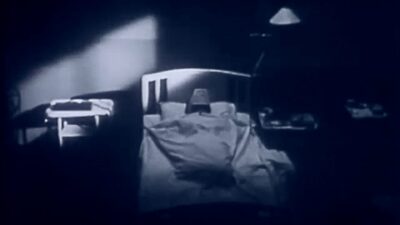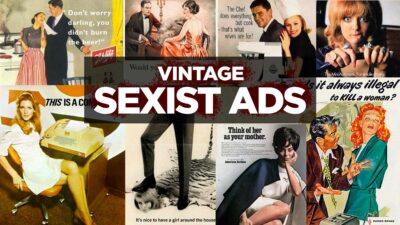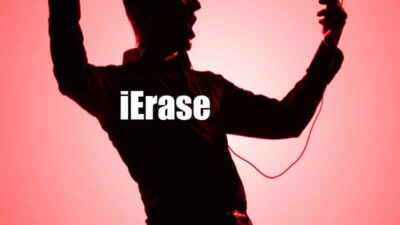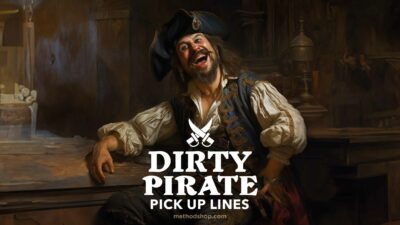When Metallica released their 1988 album “…And Justice for All” featuring the wildly popular song “One,” they ignited intense mainstream interest in the obscure anti-war film Johnny Got His Gun, which heavily inspired the haunting track. Clip from the film are used in both the audio recording of the song and its popular music video.
The Origin Story Behind Metallica’s “One”
In 1988, Metallica looked to build off the successful commercial direction of their 3x platinum-selling album “Master of Puppets” with the release of “…And Justice for All” – a musically complex record with more socially-conscious lyrics. As drummer Lars Ulrich mentioned in an interview clip from 1989, the band felt motivated to keep expanding their sound and breaking creative boundaries.
Among the new album’s most acclaimed tracks was “One,” primarily written by lead vocalist and rhythm guitarist James Hetfield. Known for channeling raw personal experiences into lyrics, Hetfield conceived an idea for the song based simply on imagining the nightmare of only being able to think without any ability to move or communicate.
When Metallica’s manager Cliff Burnstein learned of the concept behind Hetfield’s helpless fictional character, he recommended reading the anti-war novel Johnny Got His Gun, written in 1939 by Dalton Trumbo. The book resonated strongly with Hetfield, directly inspiring the main storyline in “One” about a soldier trapped and suffering after wartime injuries.
Johnny Got His Gun centered on internal monologues from average patriotic American Joe Bonham, a World War I soldier who awakens in hospital unable to move, see, hear or talk. Slowly, Joe realizes an artillery shell took his limbs and face – leaving him a prisoner in his own mind begging for death’s release. The novel served as a grisly anti-war statement.
Finding Creative Inspiration From “Johnny Got His Gun”
As Hetfield immersed in the world of Johnny’s severe disabilities, it directly shaped lyrics describing the hopeless first-person protagonist in “One” – blinded, limbless and trapped in anguish. Lines from the song like, “Darkness imprisoning me / All I see / Absolute horror” stem straight from Johnny’s onscreen and literary depictions showcasing his gruesome fate.

Metallica even used direct creative details like Johnny’s arms taken by an explosion. But they made the weaponry source more modern for “One,” swapping an artillery shell with a landmine blast stealing sight and speech.
Bringing The Metallica War Movie Onstage
Beyond inspiring core lyrical content, Metallica incorporated clips from the 1971 film version of Johnny Got His Gun into their live performances of “One.” Live recordings of the band playing “One” feature desperate audio snippets of Johnny pleading between roaring guitars and pounding drums.
Initially, licensing Johnny’s content seemed trivial given the exposure value for both the film and Metallica’s music. But after using clips on tour for years, the royalty costs start to add up.
Owning Full Rights as a Financial & Artistic Statement
According to music magazine Rebeat, rather than having to keep paying royalties to use clips from the 1971 anti war movie, Metallica’s business team executed a financial power move – purchasing the full rights to Johnny Got His Gun through their company Blackened Recordings.
For Metallica, taking outright ownership avoided the hassle of paying royalty fees just to use their own creative muse. But for fans, acquiring exclusive rights to the thought-provoking anti war film feels poetically resonant.
Without Johnny’s original novel initially sparking Hetfield’s artistic vision for “One,” perhaps their anti-war anthem would’ve never been written. Even the iconic music video relied heavily on incorporating Johnny’s powerful scenes to boost intensity.
From Obscure Inspiration to Shared Ownership
When initially recommending Johnny’s war story to Hetfield, Cliff Burnstein unknowingly set in motion a fascinating sequence of events.
First, it helped inject inspiration from Johnny’s narrative directly into the lyrics of “One”. Then came the popular MTV music video that brought renewed cultural familiarity with Trumbo’s work. That visibility turned tangible when Metallica brought clips from Johnny on tour exposing the film to millions globally.
Suddenly, an influential yet largely forgotten 1939 book and 1971 film gained new exposure through organic creative usage rather than paid promotion.
Over the decades, Johnny Got His Gun had become part of Metallica and its history. But paying royalties to use your own inspiration gets old over years. So Metallica just bought the movie and permanently merged the creative legacies of both Metallica and Johnny Got His Gun forever.

Frank Wilson is a retired teacher with over 30 years of combined experience in the education, small business technology, and real estate business. He now blogs as a hobby and spends most days tinkering with old computers. Wilson is passionate about tech, enjoys fishing, and loves drinking beer.























 How A Mummified Iceland McDonald’s Burger Became A Famous ‘Historical Artifact’
How A Mummified Iceland McDonald’s Burger Became A Famous ‘Historical Artifact’
Leave a Reply
You must be logged in to post a comment.